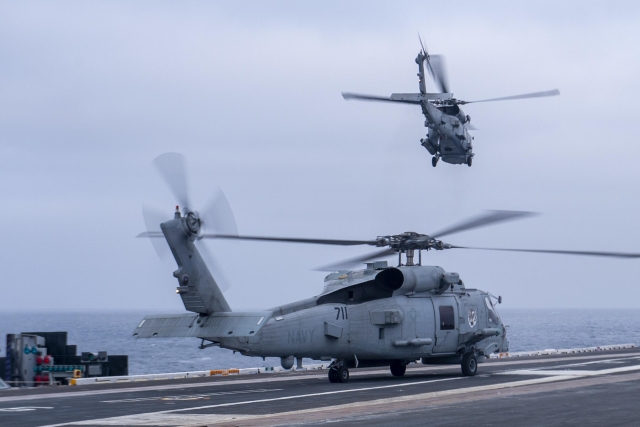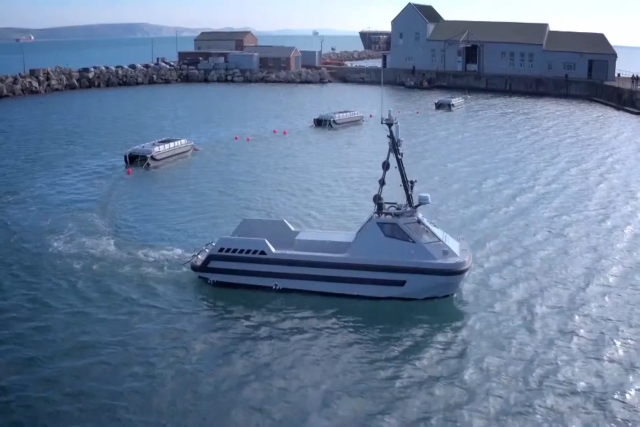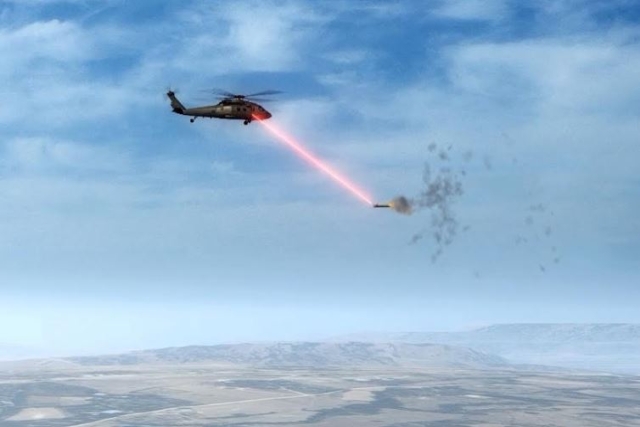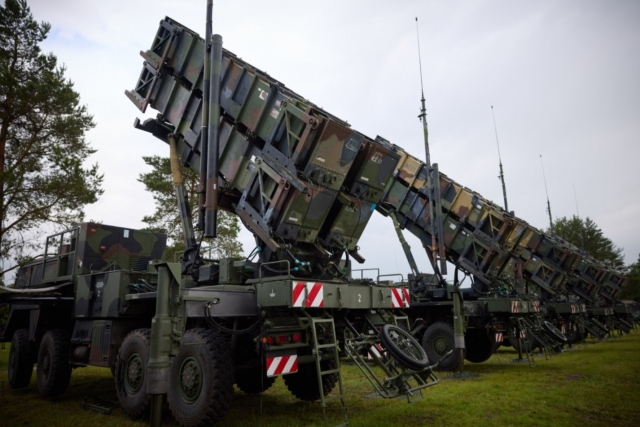U.S. Navy Researchers Seek to Enhance Deck Safety, Efficiency with New Algorithm
Naval Innovative, Science, and Engineering (NISE) Funds NOCTRNAL Project for Automated Aircraft Tracking on Flight Decks
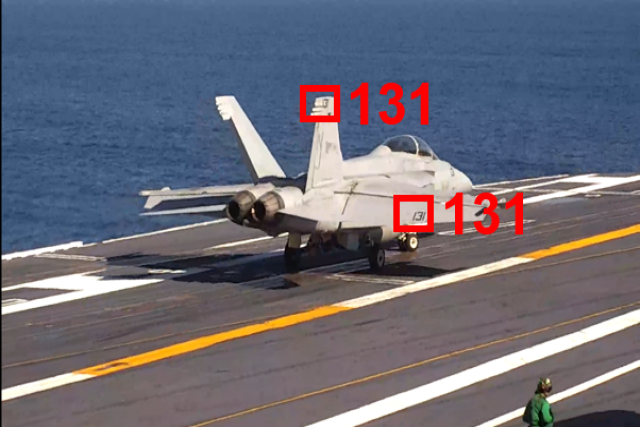
A research initiative at the Naval Air Warfare Center Aircraft Division Lakehurst aims to improve safety and efficiency on ship flight decks by developing an algorithm to automate aircraft tracking.
The project, known as Night Operations Character Transcription & Recognition for Naval Aircraft Logistics (NOCTRNAL), has received funding from the Naval Innovative, Science, and Engineering (NISE) program.
Led by Dr. Todd Morehouse, the NOCTRNAL team is creating an algorithm to recognize aircraft side numbers, enabling ship personnel to locate aircraft on the flight deck without relying on human effort. This initiative is part of a broader effort at Lakehurst to transform aircraft tracking, following last year's success of the Panoramic Tracking of Real-time Information for the Ouija Tabletop (PATRIOT) team, which received the NISE Outstanding Project Award for using AI to enhance the Ouija board system.
“The PATRIOT system aims to increase and automate situational awareness of all activities on flight decks,” said Morehouse. “NOCTRNAL's capability to provide detailed tail number information fits perfectly within this goal, improving system accuracy and usefulness to Sailors.”
NOCTRNAL integrates three main components: aircraft object detection using machine learning, a pan-tilt-zoom camera with optical and thermal sensors for night and inclement weather, and optical character recognition (OCR) to identify aircraft on the flight deck. These technologies aim to free up Sailors for more critical tasks and enhance reliability under challenging conditions.
The team is currently refining algorithms and integrating data for future testing. Despite not receiving funding from the Department of Defense’s Innovation Challenge, NISE funding underscores the project's importance and its potential integration into the Marine Aviation Data Management System (MADAMS).
